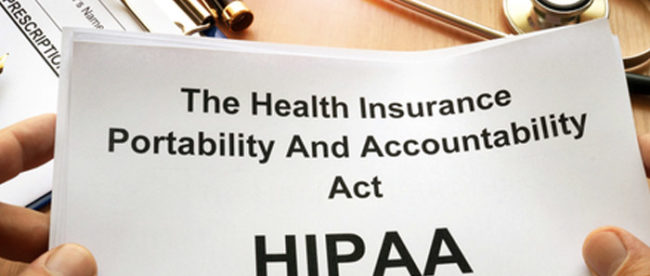Indicators on Pacific Prime You Need To Know
Wiki Article
4 Simple Techniques For Pacific Prime
Table of ContentsGetting The Pacific Prime To Work6 Easy Facts About Pacific Prime ShownThe Best Strategy To Use For Pacific PrimeFascination About Pacific Prime5 Simple Techniques For Pacific Prime

This is since the information were collected for a duration of solid economic performance. Of the approximated 42 million people that were uninsured, almost concerning 420,000 (about 1 percent) were under 65 years old, the age at which most Americans end up being qualified for Medicare; 32 million were grownups between ages 18 and 65, around 19 percent of all adults in this age; and 10 million were kids under 18 years of age, regarding 13.9 percent of all youngsters (Mills, 2000).
These price quotes of the number of persons without insurance are produced from the annual March Supplement to the Present Populace Study (CPS), carried out by the Census Bureau. Unless otherwise noted, national price quotes of individuals without medical insurance and proportions of the population with various kinds of coverage are based upon the CPS, one of the most widely utilized source of estimates of insurance policy coverage and uninsurance rates.
Pacific Prime for Dummies

Still, the CPS is specifically helpful since it generates yearly price quotes reasonably promptly, reporting the previous year's insurance policy protection approximates each September, and since it is the basis for a consistent collection of quotes for greater than 20 years, enabling for evaluation of trends in coverage gradually. For these reasons, in addition to the considerable use the CPS in various other research studies of insurance policy protection that are offered in this record, we count on CPS quotes, with constraints kept in mind.

The estimate of the number of uninsured people expands when a populace's insurance condition is tracked for a number of years. Over a three-year period beginning early in 1993, 72 million individuals, 29 percent of the united state population, lacked insurance coverage for at the very least one month. Within a single year (1994 ), 53 million individuals experienced a minimum of a month without protection (Bennefield, 1998a)
6 out of click here now every 10 uninsured grownups are themselves utilized. Although working does boost the possibility that one and one's relative will have insurance policy, it is not an assurance. Also participants of family members with two full-time breadwinner have practically a one-in-ten chance of being without insurance (9.1 percent uninsured rate) (Hoffman and Pohl, 2000).
The Buzz on Pacific Prime
New immigrants account for a considerable percentage of people without medical insurance. One evaluation has actually connected a significant section of the recent development in the size of the united state without insurance populace to immigrants that showed up in the country in between 1994 and 1998 (Camarota and Edwards, 2000). Current immigrants (those who came to the United States within the previous four years) do have a high rate of being without insurance (46 percent), however they and their kids make up simply 6 percent of those without insurance policy nationally (Holahan et al., 2001).The relationship in between medical insurance and accessibility to care is well established, as documented later in this phase. Although the partnership in between medical insurance and health results is neither straight neither simple, a comprehensive professional and health and wellness services research study literary works web links medical insurance protection to improved accessibility to care, much better high quality, and enhanced personal and population wellness standing.
Degrees of analysis for analyzing the results of uninsurance. It focuses especially on those without any health insurance policy for any kind of size of time.
The Facts About Pacific Prime Uncovered
The issues dealt with by the underinsured are in some aspects comparable to those encountered by the without insurance, although they are normally much less severe. Health and wellness insurance, nonetheless, is neither required nor sufficient to get access to clinical services. The independent and direct effect of wellness insurance coverage on access to health and wellness services is well established.
Others will get the health treatment they require also without medical insurance, by spending for it expense or seeking it from companies who provide care complimentary or at extremely subsidized prices. For still others, health and wellness insurance alone does not ensure invoice of care due to other nonfinancial obstacles, such as a lack of healthcare suppliers in their neighborhood, minimal accessibility to transport, illiteracy, or linguistic and social differences.
Rumored Buzz on Pacific Prime
Formal research about uninsured populations in the United States dates to the late 1920s and early 1930s when the Committee on the Expense of Healthcare produced a series of reports concerning financing medical professional office visits and hospital stays. This issue came to be significant as the numbers of clinically indigent climbed up during the Great Anxiety.Report this wiki page